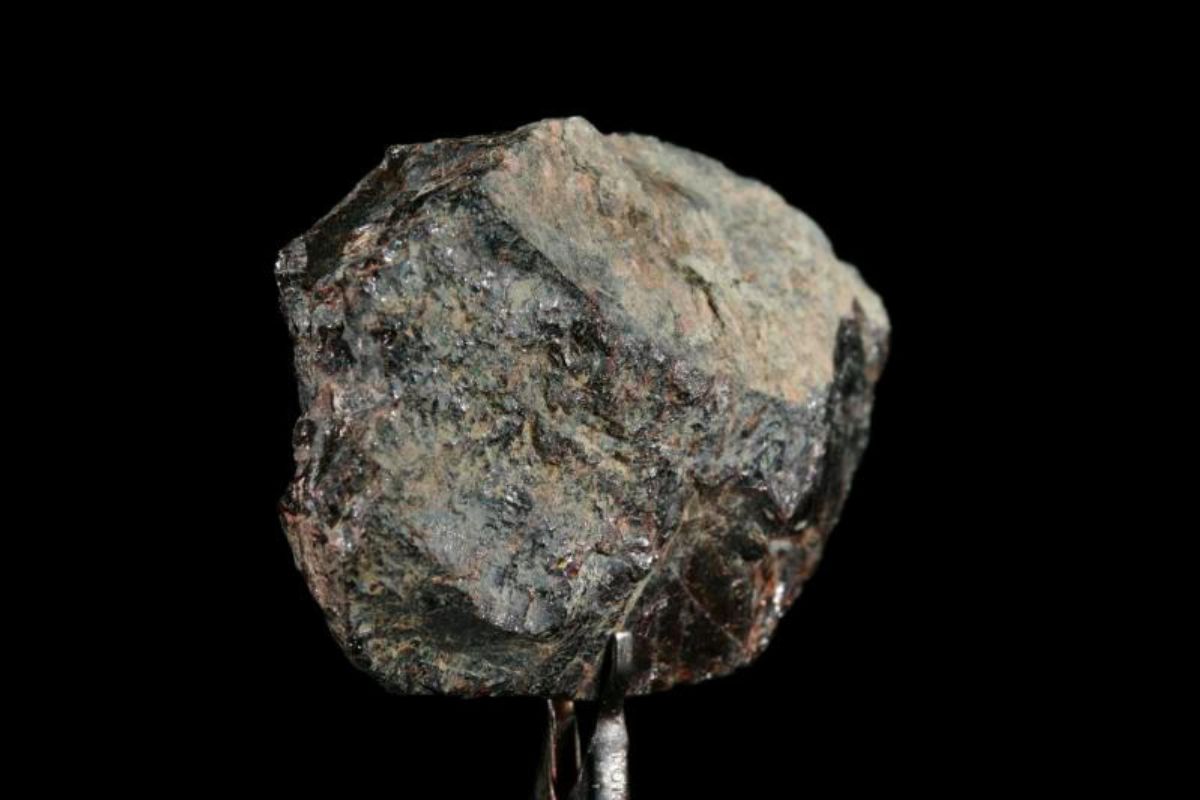
Neptunium is a fascinating element with a rich history and unique properties. Named after the planet Neptune, this element sits between uranium and plutonium on the periodic table. Did you know that neptunium was the first transuranium element to be discovered? It was identified in 1940 by Edwin McMillan and Philip Abelson. This silvery metal is radioactive and has several isotopes, with neptunium-237 being the most stable. Neptunium is primarily used in research and has potential applications in nuclear reactors and weapons. Its intriguing characteristics and historical significance make it a subject worth exploring. Ready to dive into 50 facts about neptunium? Let’s get started!
Key Takeaways:
- Neptunium, a radioactive element named after the planet Neptune, has unique properties and applications in nuclear science. It requires careful handling and disposal due to its long-lasting radioactive nature.
- Neptunium's discovery marked the beginning of the exploration of transuranium elements and its isotopes are used in scientific research to understand nuclear decay processes. Despite its potential uses, it remains relatively obscure in the public eye.
What is Neptunium?
Neptunium is a fascinating element with a rich history and unique properties. Named after the planet Neptune, it holds a special place in the periodic table. Let's dive into some intriguing facts about this lesser-known element.
- Neptunium is a radioactive element with the symbol Np and atomic number 93.
- It was the first transuranium element to be synthesized.
- Discovered by Edwin McMillan and Philip H. Abelson in 1940.
- Neptunium is named after the planet Neptune, following the tradition of naming elements after planets.
- It is found in trace amounts in uranium ores.
- Neptunium has several isotopes, with Neptunium-237 being the most stable.
- Neptunium-237 has a half-life of about 2.14 million years.
- It is produced in nuclear reactors as a byproduct of plutonium production.
- Neptunium can be used in neutron detection equipment.
- It is a silvery metal that tarnishes when exposed to air.
Neptunium's Chemical Properties
Neptunium's chemical properties make it unique among the elements. Its behavior in different reactions and compounds is worth noting.
- Neptunium can exist in multiple oxidation states, ranging from +3 to +7.
- The most common oxidation states are +5 and +6.
- Neptunium forms various compounds, including oxides, halides, and nitrides.
- Neptunium dioxide (NpO2) is a common compound used in research.
- It reacts with acids to form neptunyl ions.
- Neptunium can form complex ions with organic ligands.
- It has a high affinity for oxygen, forming stable oxides.
- Neptunium compounds are typically green or yellow in color.
- It can form alloys with other metals, such as uranium and plutonium.
- Neptunium's chemical behavior is similar to that of uranium and plutonium.
Uses and Applications of Neptunium
Despite its rarity, neptunium has several important applications, particularly in the field of nuclear science.
- Neptunium-237 is used in neutron detectors.
- It can be used as a precursor for plutonium-238 production.
- Plutonium-238 is used in radioisotope thermoelectric generators (RTGs) for space missions.
- Neptunium is studied for its potential use in nuclear reactors.
- It has been considered for use in nuclear weapons, though not widely adopted.
- Neptunium can be used in research to study nuclear reactions and properties.
- It is used in the production of certain types of glass.
- Neptunium's radioactivity makes it useful in scientific experiments.
- It is being researched for potential use in advanced nuclear fuel cycles.
- Neptunium's properties are studied to understand the behavior of transuranium elements.
Safety and Environmental Concerns
Handling neptunium requires caution due to its radioactive nature. Understanding its impact on health and the environment is crucial.
- Neptunium is highly radioactive and poses health risks if not handled properly.
- It can accumulate in bones if ingested, posing long-term health risks.
- Neptunium contamination can occur in areas near nuclear facilities.
- Proper storage and disposal of neptunium are essential to prevent environmental contamination.
- Neptunium waste must be managed carefully to avoid radiation exposure.
- It is subject to strict regulations and guidelines for handling and disposal.
- Neptunium can be transported safely using specialized containers.
- Research is ongoing to develop safer methods for handling and disposing of neptunium.
- Neptunium's long half-life means it remains radioactive for millions of years.
- Environmental monitoring is necessary to detect and manage neptunium contamination.
Interesting Facts About Neptunium
Beyond its scientific and practical uses, neptunium has some quirky and lesser-known facts that make it even more intriguing.
- Neptunium was named after Neptune because it follows uranium in the periodic table, just as Neptune follows Uranus in the solar system.
- It was the first element to be artificially produced in a particle accelerator.
- Neptunium's discovery marked the beginning of the exploration of transuranium elements.
- It is one of the few elements that can exist in multiple crystalline forms.
- Neptunium has a higher density than uranium.
- It can be used to study the effects of radiation on materials.
- Neptunium's isotopes are used in scientific research to understand nuclear decay processes.
- It has been used in experiments to study the behavior of actinides.
- Neptunium's unique properties make it a subject of interest in theoretical chemistry.
- Despite its potential uses, neptunium remains a relatively obscure element in the public eye.
Neptunium's Role in Science
Neptunium, a lesser-known element, plays a crucial part in nuclear science. Discovered in 1940, this element, with the symbol Np and atomic number 93, bridges the gap between uranium and plutonium. Its isotopes, especially Neptunium-237, are vital in producing plutonium-238, used in space missions. Despite its radioactive nature, neptunium's applications in detecting high-energy neutrons and potential use in nuclear reactors highlight its importance.
Understanding neptunium's properties and uses can shed light on advancements in nuclear technology. While not as famous as uranium or plutonium, neptunium's contributions to science and technology are significant. Its role in research and energy production underscores the need for continued study and safe handling. As we advance in nuclear science, neptunium will remain a key player in shaping our understanding and utilization of atomic energy.
Frequently Asked Questions
Was this page helpful?
Our commitment to delivering trustworthy and engaging content is at the heart of what we do. Each fact on our site is contributed by real users like you, bringing a wealth of diverse insights and information. To ensure the highest standards of accuracy and reliability, our dedicated editors meticulously review each submission. This process guarantees that the facts we share are not only fascinating but also credible. Trust in our commitment to quality and authenticity as you explore and learn with us.


